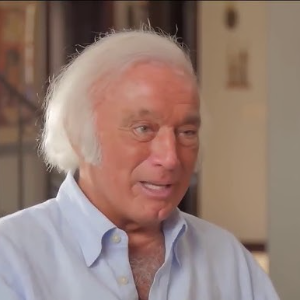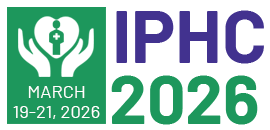Hazard Analysis Critical Control Point (Haccp)
HACCP, or Hazard Analysis and Critical Control Points, is a methodical preventative approach to food safety that looks for biological, chemical, and physical risks in manufacturing processes that might lead to dangerous final products and develops countermeasures to lower these risks to a safe level. By doing so, HACCP focuses on preventing risks rather than checking for their impact after the fact on final goods. The HACCP system may be applied at all points throughout the food supply chain, from food preparation and manufacturing to packaging and distribution. In order to ensure the safety of food and safeguard public health, the Food and Drug Administration (FDA) and the United States Department of Agriculture (USDA) mandate HACCP systems for juice and meat. While the FDA regulates juice and seafood, the USDA is in charge of overseeing HACCP procedures for meat. Hazard analysis and risk-based preventive controls (HARPC) plans are becoming mandatory for all other US food businesses that must register with the FDA in accordance with the Public Health Security and Bioterrorism Preparedness and Response Act of 2002, as well as for businesses outside the US that export food to the US.

Kenneth R Pelletier
University of California, United States
Gregory S Anderson
Thompson Rivers University, Canada
Yazdan Mirzanejad
University of British Columbia, Canada
Hawa Camara
National Cancer Institute, United States
Rafaela Julia Batista Veronezi
Physiotherapist, Neuroscientist & Public Health Educator, United States
Amelia Burke Garcia
NORC at the University of Chicago, United States



Title : The impact of AI on the future of public health and preventative healthcare
David John Wortley, World Lifestyle Medicine Education Services, United Kingdom
Title : Personalized and Precision Medicine (PPM) as a unique healthcare model to secure the human healthcare, wellness and biosafety through the view of public health, network-driven healthcare services and lifestyle management
Sergey Suchkov, 1N.D. Zelinskii Institute for Organic Chemistry of the Russian Academy of Sciences, Moscow, Russia, Russian Federation
Title : Psychoeducation programs to address post-traumatic stress injuries and mental health in public safety and frontline health care workers
Gregory S Anderson, Thompson Rivers University, Canada
Title : Managing integration and interoperability of intelligent and ethical transformed health and social care ecosystems
Habil Bernd Blobel, University of Regensburg, Germany
Title : Scientific evaluate quantification of social and behavioral by scalp acupuncture on children with autism spectrum disorder
Zhenhuan Liu, University of Chinese Medicine, China
Title : Environmental Public Health Impact Assessment (EHIA) process for tobacco processing plants
Vijayan Gurumurthy Iyer, Techno-Economic- Environmental Study and Check Consultancy Services, India